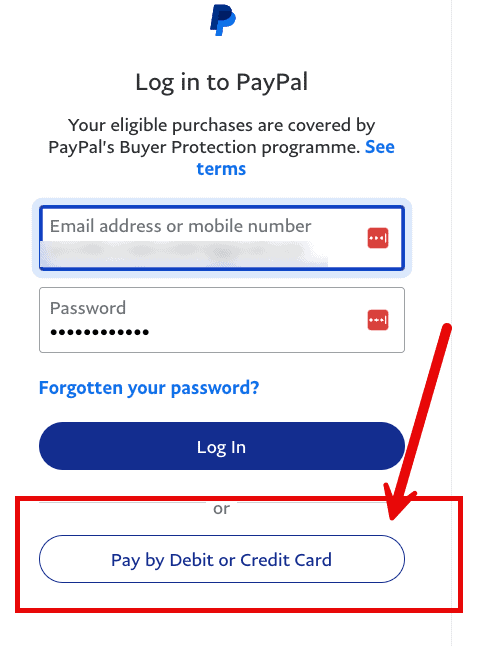Some self-help training and helpful updates on being healthy with Thai Massage.
 We talk a lot around here about inflammation, and some of you have raised good questions (and answers) regarding what we’re really getting at. A continuing thanks for your comments and thoughtful responses.
We talk a lot around here about inflammation, and some of you have raised good questions (and answers) regarding what we’re really getting at. A continuing thanks for your comments and thoughtful responses.
So, what do we mean by inflammation when we harp on the evils of sugars, grains, trans fats and other nutritional fiends? Ah, the many sides of swelling: abscesses, bulges, distensions, engorgements, boils, blisters, bunions, oh my! Do swollen ankles and puffy black shiners really have anything to do with the inflammation of arterial walls? Can flossing possibly help prevent heart disease? Let’s explore.
What is inflammation?
Inflammation is your body’s response to infection and injury. When your body triggers an inflammatory response, the immune system musters immune cells to the site of the injury or infection to isolate the area, remove harmful or damaged tissue, and begin the healing process.
Behind the scenes, your body deploys your immune system. For an injury, you can experience any combination of redness, pain, swelling or heat. For an infection, you may experience some of the same things, at a larger scale. Fever is an inflammation response. Stuffy nose is swelling.
Anyone who has ever, say, walked into a door knows that with injury comes inflammation (and a little humiliation). We might be horrified at the visual effects that ensue, but it’s just the body’s natural and essential response to defend itself from infection or trauma. In fact, the swelling initiates the healing process itself. Remember, the body doesn’t care what you look like as long as it can regain your good health.
Acute Inflammation vs. Chronic Inflammation
Acute Inflammation
Walking into that door is an example of “acute inflammation,” a localized response characterized by compression of the surrounding nerves (ouch!) and collection of fluid in the area that helps bolster an immune response. The microscopic trainers are busy shouting orders, notifying the brain of wounded status, calling in the clotting response and going to work to reset things and get you taped up. They take care of business, you avoid all human contact for two weeks out of embarrassment, and you come out basically no worse for the wear.
Acute inflammation circumstances tend to be pretty run of the mill: sprained ankles, cuts and scrapes, bumps on the head, etc. In certain cases, however, inflammation takes on much larger significance, such as in the case of the major trauma of a car accident, significant burns, major allergic reaction or a previously localized infection that spreads to other parts of the body. Major and/or multiple sites of trauma and infection initiate a larger, systemic response.
In cases of severe trauma, the body elicits a massive inflammatory response. The immune system kicks into high gear, and white blood cells, among others, migrate to the injured areas. Receptors that sense the sweeping call to inflammatory action get in on the action. The blood supply to major organs, such as the lungs, is compromised. If left unchecked, organs failure can ensue.
Chronic Inflammation
Ongoing health issues such as diabetes, high blood pressure and autoimmune disorders can instigate what’s known as chronic, low-grade inflammation. This kind of inflammation doesn’t result in the immediate, sweeping response of trauma, but it keeps the body in a constant state of repair response. Immune cells (macrophages, monocytes, and lymphocytes) take charge, and a recurring, destructive process of tissue destruction and repair effort develops and continues until the source of the chronic inflammation is removed.
And there are serious consequences to this unchecked, ongoing inflammation. Neutrophils, one of the cells involved in inflammatory response, attack what they perceive as outside damage or invaders with the massive production of free radicals. They and other cells will keep pumping and spreading these free radicals throughout the body as long as they sense the inflammation. As you know by now, free radicals also destroy healthy cell walls and DNA, so there is collateral damage, too. The body’s general immune response (the ability to deal with daily exposure to bacteria, virus and fungus) is compromised because the system is kept busy tending to the incessant, active inflammation. Long-term effects of chronic inflammation can influence the development of many other conditions from Chrohn’s disease to cancer. And, of course, countless studies have connected chronic inflammation with the development of atherosclerosis (and, increasingly, insulin resistance). Remember we spoke recently about the devastation caused when arterial walls are inflamed and the body responds with a ““? Yep, chronic systemic inflammation is a big factor there, too. Even to the extent that chronically inflamed gums might be a tangential cause of heart disease – and if not a cause, at the very least an accompanying symptom of systemic inflammation.
Frightening scenario, eh? The good news is that a CRP or C-reactive protein test can offer you and your doctor a better sense of your inflammation picture. Another test called hs-CRP may offer a detailed picture of inflammation as it relates to heart disease risk. If you get these tests, be sure to do so when you don’t have a recent injury or illness, since CRP can linger from the acute response, too.
Inflammation FAQs
How can you reduce inflammation?
You can reduce inflammation by going for walks, spending time in nature, eliminating seed oils high in omega-6 fats, eating more seafood or taking fish oil, losing excess body fat, exercising regularly, getting 7-8 hours of sleep every night, and eating plenty of protein.
What foods cause inflammation?
Whether a food is inflammatory depends on many factors, such as a person’s genetics, health status, exercise and sleep habits, gut health, and underlying baseline nutrient status. Foods that cause inflammation in almost everyone are refined grains, refined sugar, and .
Other people may have issues with specific foods or food categories, like . It’s highly individual, though.
What causes inflammation?
Any insult or injury. Every cut, every bug bite, every scrape and scratch, every broken bone or sprained ankle causes inflammation. Every time you eat food you’re intolerant of or allergic to causes inflammation. If you breathe in pollen and you have seasonal , that causes inflammation.
How to reduce inflammation in the body fast?
To reduce inflammation quickly, high dose can help. Turmeric with black pepper can reduce inflammation quickly as well. Black seed oil is another good option for reducing body inflammation fast.
Do tomatoes cause inflammation?
Some individuals are intolerant of nightshades, which include tomatoes, peppers, eggplants, and potatoes. Common symptoms of nightshade or tomato intolerance include joint pain, stomach upset, nighttime tremors, and other reactions typical of allergy.
We’ll say what we’ll always say. (Systemic) inflammation sucks. Get rid of simple carbs. Eliminate . Get some exercise (but not too much). Embrace a Primal anti-inflammatory diet. Check ’em out in the archives, and share your comments.
(function($) {
$(“#dfLfs8H”).load(“https://www.marksdailyapple.com/wp-admin/admin-ajax.php?action=dfads_ajax_load_ads&groups=674&limit=1&orderby=random&order=ASC&container_id=&container_html=none&container_class=&ad_html=div&ad_class=&callback_function=&return_javascript=0&_block_id=dfLfs8H” );
})( jQuery );
The post appeared first on .
This post What’s All This Talk About Inflammation? was provided here.
I trust you found the above useful or interesting. Similar content can be found on our blog Thai Massage Greenock.
Let me have your feedback below in the comments section.
Let us know which topics we should cover for you in future.
Thai Massage Newsletter
To make sure you don’t miss out on any new posts or promotions that we introduce, sign up for our newsletter.
Once a month we run a special promotion for our newsletter members, so sign up now to make sure you don’t miss out.
It’s free and full of great health and nutrition tips and advice on how we can help you achieve your health and fitness goals.





